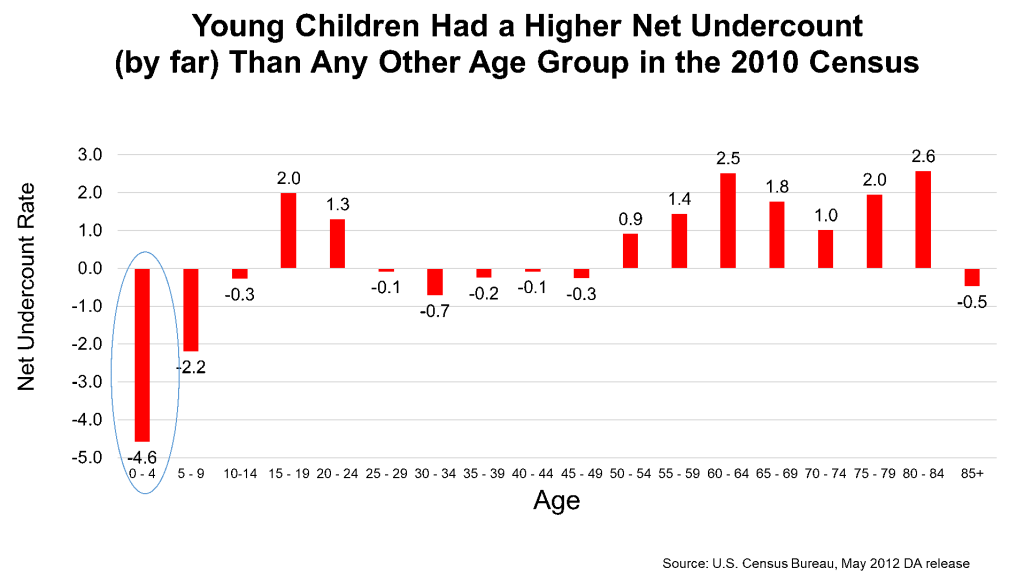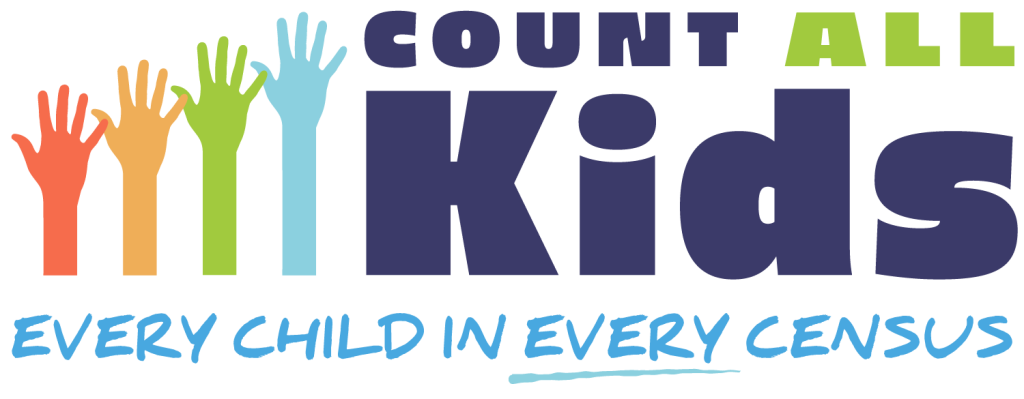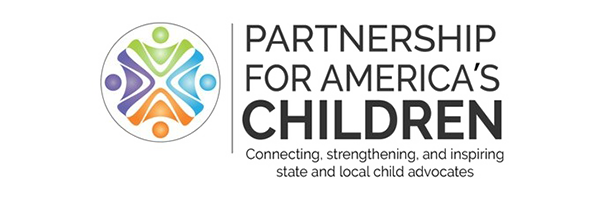Young children had a higher net undercount than any other age group in the 2010 U.S. Census. The net Census undercount rate is a balance between people omitted and those included erroneously (mostly double-counted) and whole-person imputations.
This chart shows the net undercounts in the 2010 Census by five-year age groups. The bars that go up from zero indicate a net overcount and the bars that go down from zero indicate a net undercount. The net undercount rates for children age 0 to 4 is 4.6 percent. The net undercount rate for children age 5 to 9 is 2.2 percent. No other age group has a net undercount rate greater that 0.7 percent.
Given the fact that young children have a higher net undercount than any other age group, they should be a high priority in the 2020 Census.

____
Dr. William O’Hare has more than 40 years of experience as an applied demographer and expert data analyst. For fifteen years prior to his retirement, he ran the KIDS COUNT project at the Annie E. Casey Foundation. He is the author of the book, The Undercount of Young Children in the U.S. Decennial Census, published in 2015. He holds a PhD from Michigan State University.








